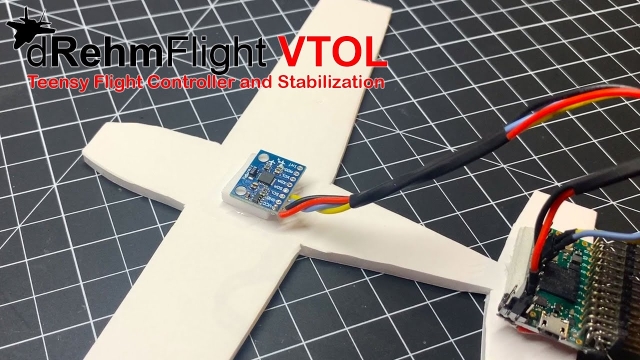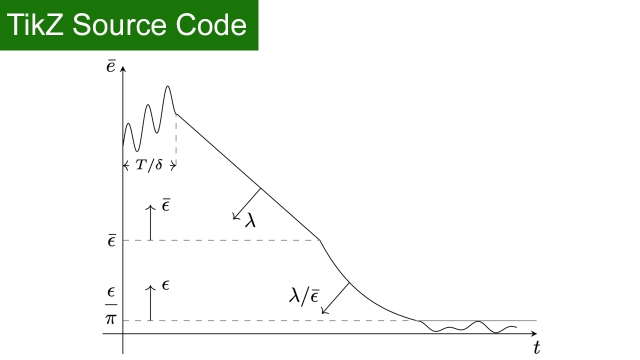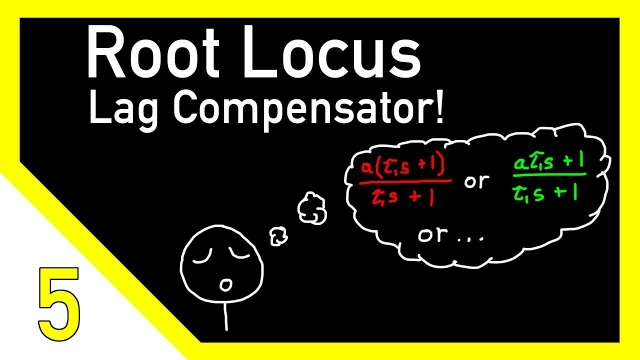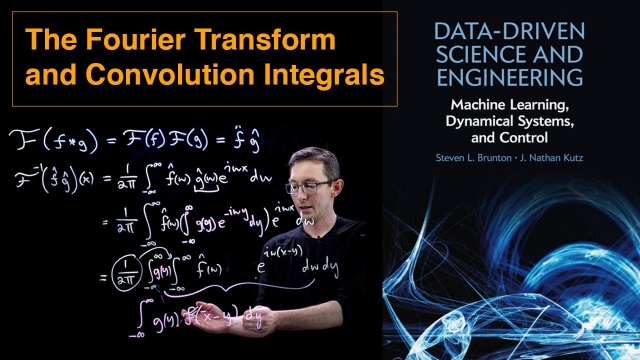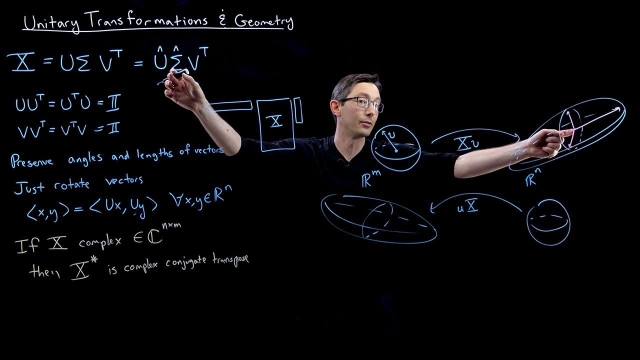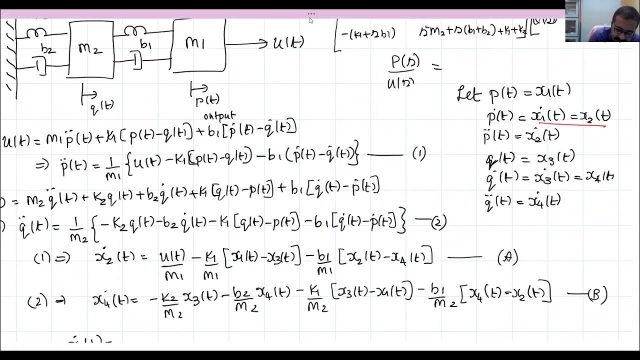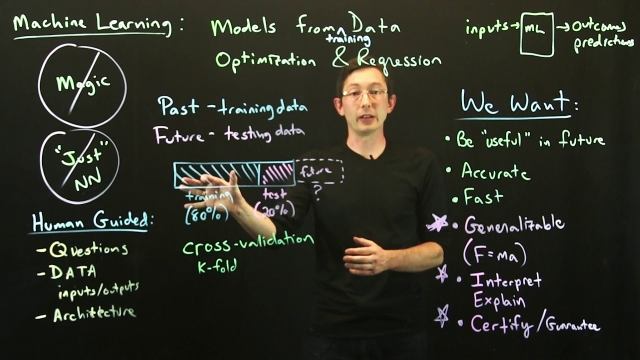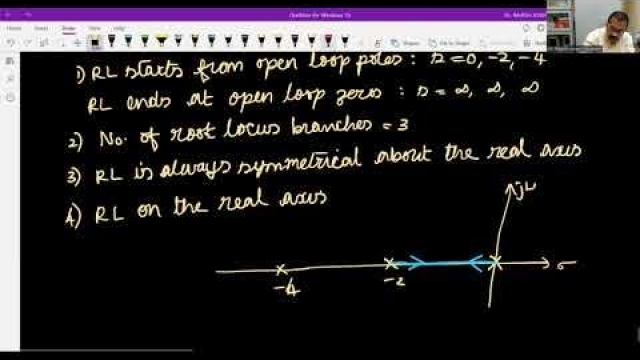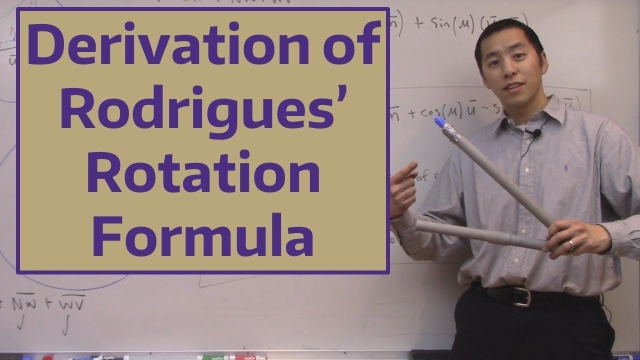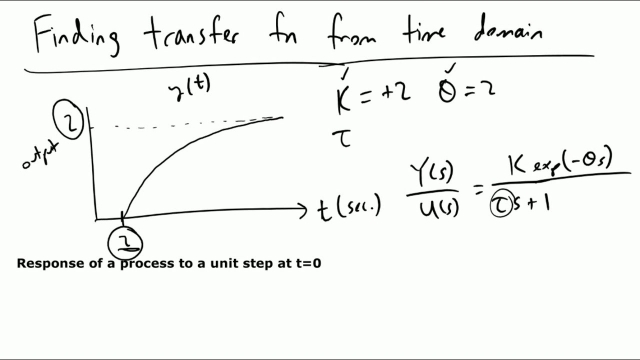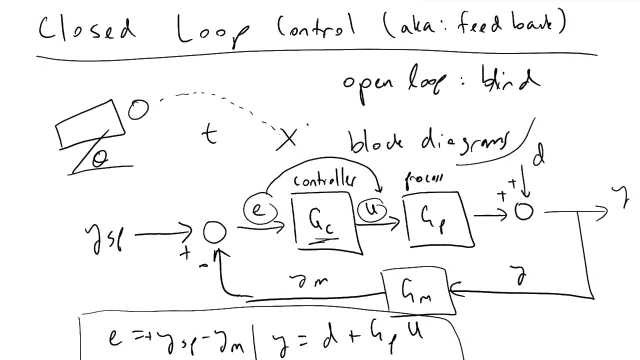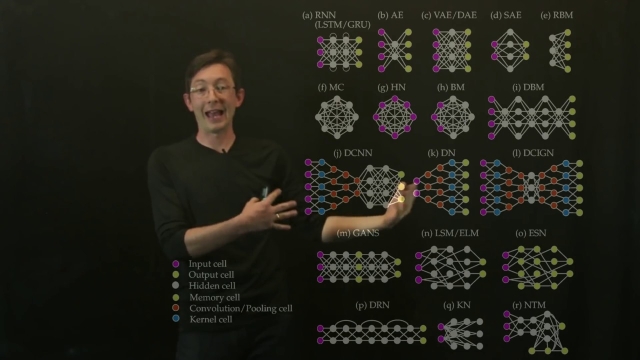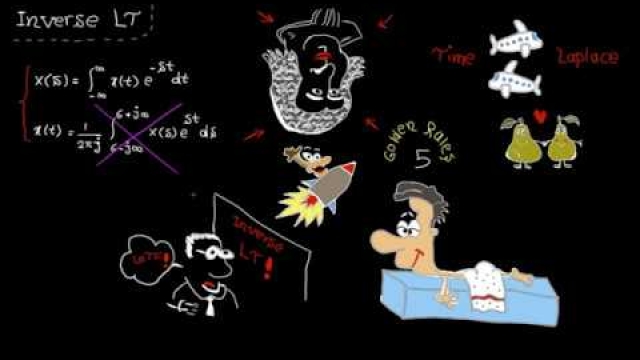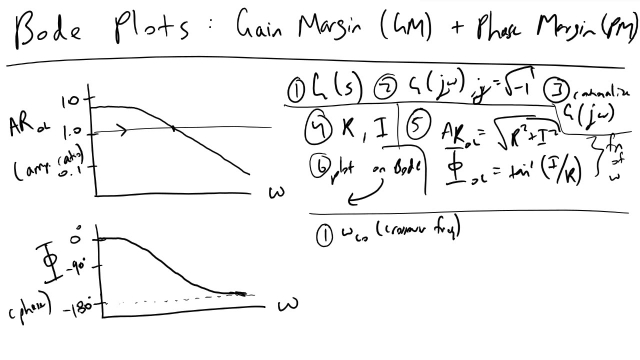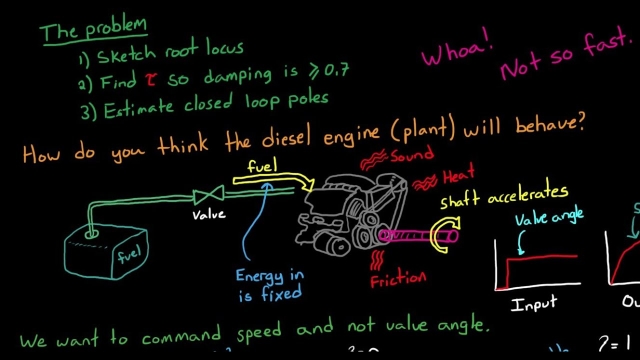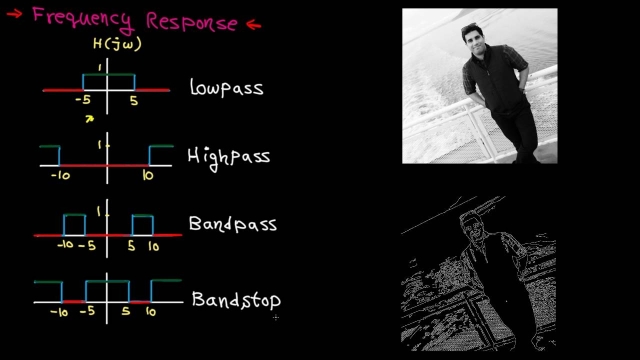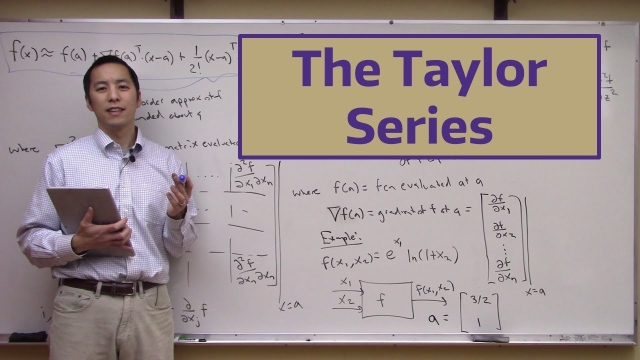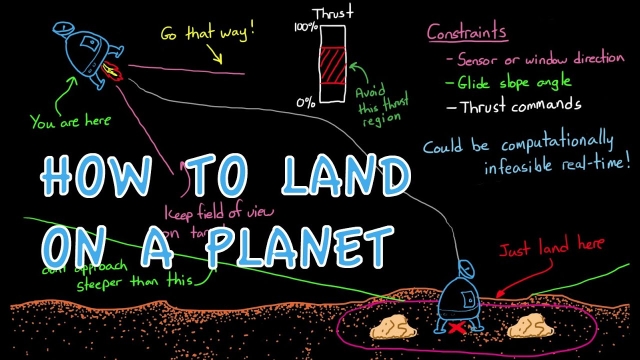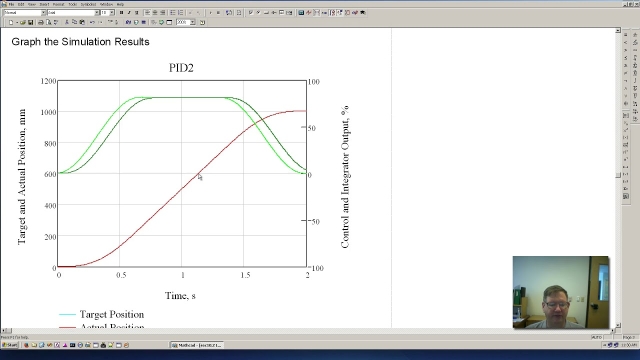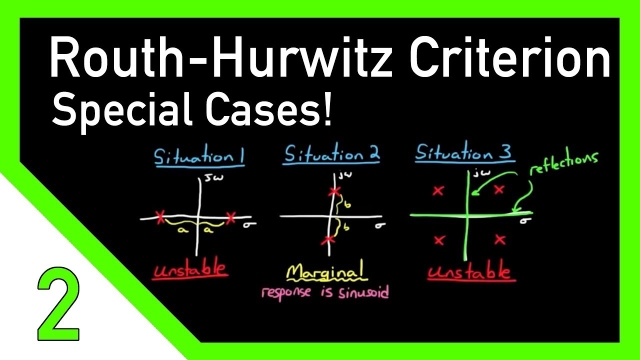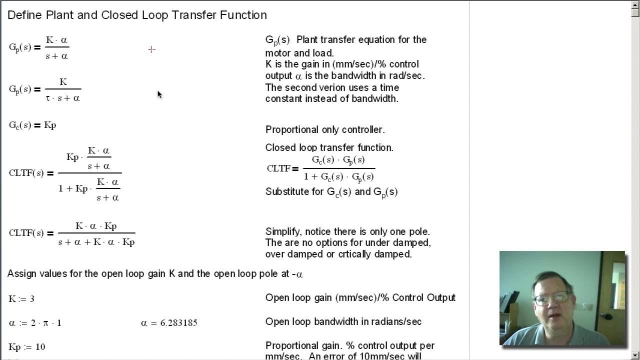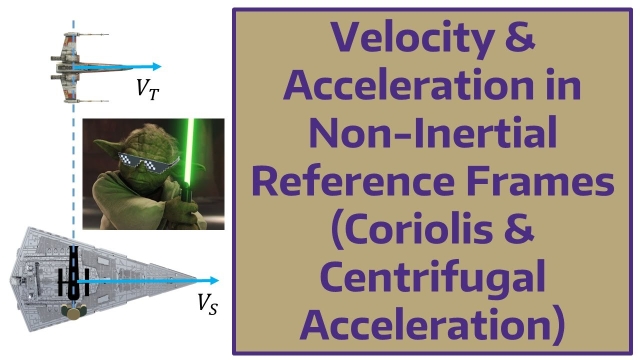
TikZ source Code: RL Series
TikZ source Code for RL Series.
See MoreDenoising Data with FFT [Python]
This video describes how to clean data with the Fast Fourier Transform (FFT) in Python.
See MoreMounting and Configuring the IMU - dRehmFlight VTOL
This video will show you how to verify proper operation of the IMU for dRehmFlight VTOL before your first flight. It will also show you how to correctly mount the IMU to your aircraft. The...
See MoreTikZ source Code: matlab2tikz example
TikZ source Code: matlab2tikz example
See MoreDesigning a Lag Compensator with Root Locus
This video walks through a phase lag compensator example using the Root Locus method.
See MoreThe Fourier Transform and Convolution Integrals
This video describes how the Fourier Transform maps the convolution integral of two functions to the product of their respective Fourier Transforms.
See MoreUnitary Transformations
This video discusses unitary matrix transformations and how they relate to the geometry of the singular value decomposition (SVD).
See MoreLecture 29: State space representation
Machine Learning and Cross-Validation
This lecture discusses the importance of cross-validation to assess models obtained via machine learning.
See MoreTutorial on Root Locus
Derivation of Rodrigues’ Rotation Formula
In this video we explain and derive Rodrigues’ Rotation Formula. This functions describes how to rotate an arbitrary vector about another arbitrary axis of ...
See MoreFinding Transfer Functions from Response Graphs
Given a system response to a unit step change, in this video I'll cover how we can derive the transfer function so we can predict how our system will respond...
See MoreClosed Loop Feedback Control
Intro to closed loop (feedback) control motivation, theory, block diagrams and block diagram algebra, and PID controllers
See MoredRehmFlight VTOL - Teensy (Arduino) Flight Controller and Stabilization
dRehmFlight VTOL is a new flight controller and stabilization package intended to be used for small to medium sized hobby or research projects. dRehmFlight is the code, and the physical...
See MoreNeural Network Architectures
This lecture describes the wide variety of neural network architectures available to solve various problems.
See MoreLaplace domain – tutorial 5: Inverse Laplace transform
In this video, we cover inverse Laplace transform which enables us to travel back from Laplace to the time domain. We will learn how to use simple tricks alo...
See MoreBode Plot Gain and Phase Margin Determination
I'll show you how we can determine the Gain and Phase Margin from a Bode Plot (at some fixed controller gain).
See MoreStandard HW Problem #1: PID and Root Locus
A walk through of a typical homework problem using the root locus method to tune a PID controller. This is the first in what may be a series of homework style problems I'll cover. This is...
See MoreFrequency domain – tutorial 3: filtering (periodic signals)
In this video, we learn about filtering which enables us to manipulate the frequency content of a signal. A common filtering application is to preserve desi...
See MoreThe Taylor Series
In this video we discuss the Taylor Series (and the closely related Maclaurin Series). These are two specific types of Power Series that allow you to approx...
See MoreHow to Land on a Planet (and how it'll be done in the future!)
This video covers the basic ideas behind how engineers develop the algorithms that allow autonomous robots to land on other planetary bodies.
See MorePeter Ponders PID - Yet Another Linear Quadratic Control Video but...
Routh-Hurwitz Criterion, Special Cases
This video presents two special cases that you can encounter when filling out the Routh Array. The first case is when there is a zero in a row with at least one non-zero element following...
See MorePeter Ponders PID - Controlling non-integrating single pole system. Part 1 ...
Part 1 shows why P only control shouldn't be used because the set point or target is never reached.Part 2 shows why I only control shouldn't be used because ...
See MoreVelocity & Acceleration in Non-Inertial Reference Frames (Coriolis &...
In this video we derive a mathematical description of velocity and acceleration in non-inertial reference frame. We examine the effect of fictitious forces ...
See More

![Denoising Data with FFT [Python] Denoising Data with FFT [Python]](/sites/default/files/styles/search_resulkts/public/2020-12/maxresdefault_359.jpg?itok=UEtxZc00)
